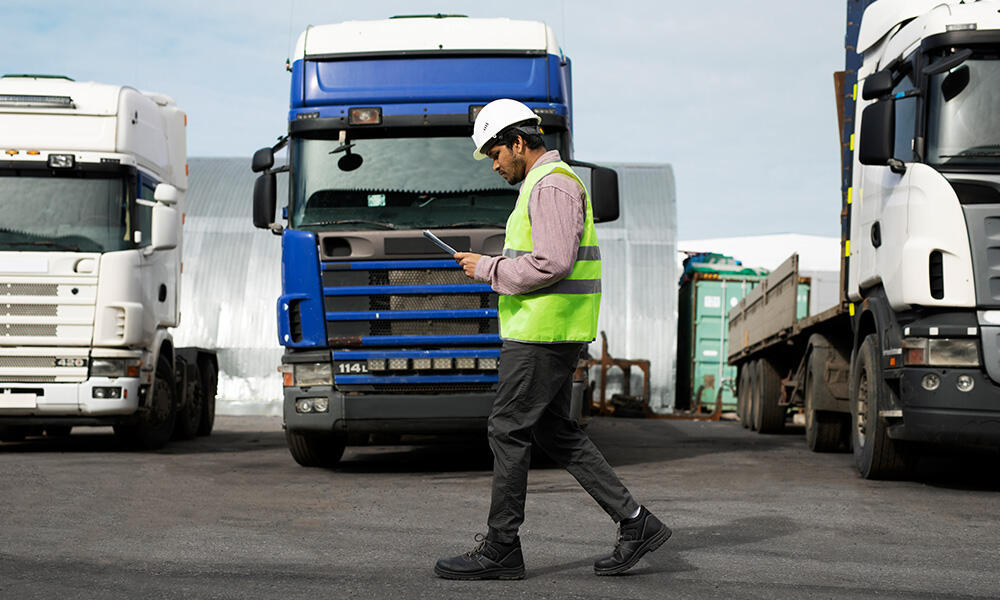
Strategic Value: How Trucking Services are Becoming a Core Competency in the Supply Chain
In today's speed-driven business environment, trucking services have evolved beyond the traditional function of transportation to become a key hub that drives business profitability. According to the U.S. Department of Transportation, highway transportation carries 72.5% of the nation's freight, and its irreplaceable "last-mile" reach covers 100% of commercial and residential areas. Compared with rail or sea transportation, trucking shows a unique advantage of emergency response - when unexpected orders appear or the production line is in urgent need of replenishment, flexible full truckload transportation (FTL) and less-than-truckload (LTL) mode can dynamically balance the cost and time, to avoid production stagnation due to logistics delays.
Companies that lack specialized trucking support face a triple supply chain crisis: inventory outages that result in a 4% average annual revenue loss (Harvard Business Review), inefficient route planning that results in a 35% spike in fuel costs, and more costly and costly trucking. Ineffective route planning causes a 35% spike in fuel costs, and to top it off, McKinsey research confirms that 58% of customers are permanently lost after two delayed deliveries. These hidden costs are eating away at organizations. These hidden costs are eating into the profit margins of organizations.
Specialized logistics providers are reshaping the value chain through core technologies: artificial intelligence route optimization systems cut inefficient mileage by 22%, and multi-destination consolidation loading strategies reduce LTL freight costs by 30%. 30% of LTL freight. Real-time monitoring and 7×365-day security system compresses the cargo loss rate to less than 0.25%, and provides more than $7 million cargo insurance protection. For sensitive commodities such as pharmaceuticals and fresh produce, temperature-controlled carriages with blockchain traceability technology ensure full compliance.
As a result, the end-customer experience has been fully upgraded: the automated system proactively pushes out arrival warnings as accurate as 30 minutes, and the digital signage realizes the visualization of the whole node from the warehouse to the signing of receipt. Leading companies have synchronized their sustainability efforts - electric trucks and hydrogen hybrid fleets reduce idling emissions by 17%, and smart algorithms help customers reduce their carbon footprint by about 24,000 tons per year. million tons of carbon footprint per year. The on-time delivery rate of the industry benchmark exceeds 98.3%, far exceeding the industry average of 85.4%, which is a clear proof of the value of professional logistics synergy.
